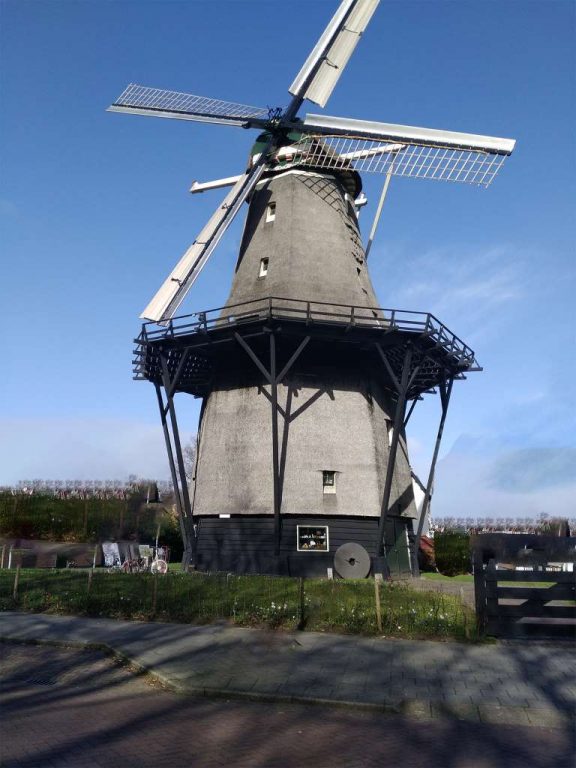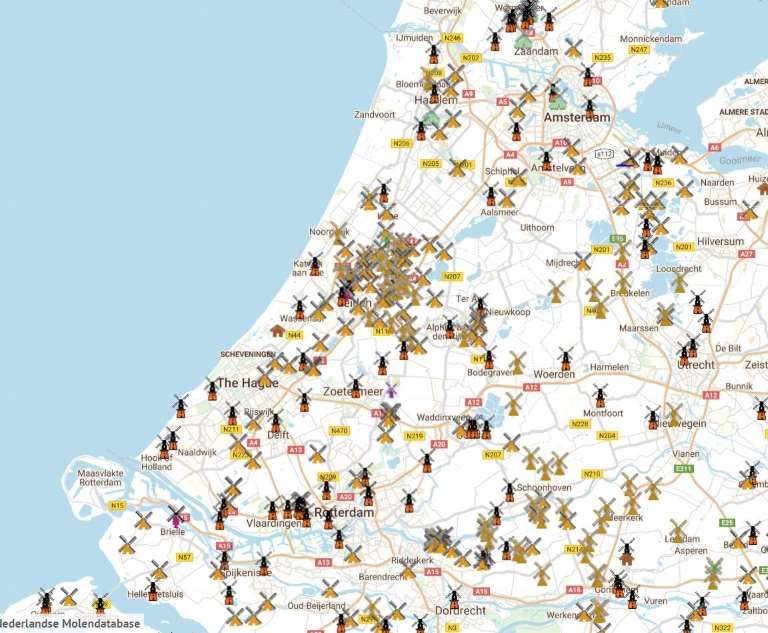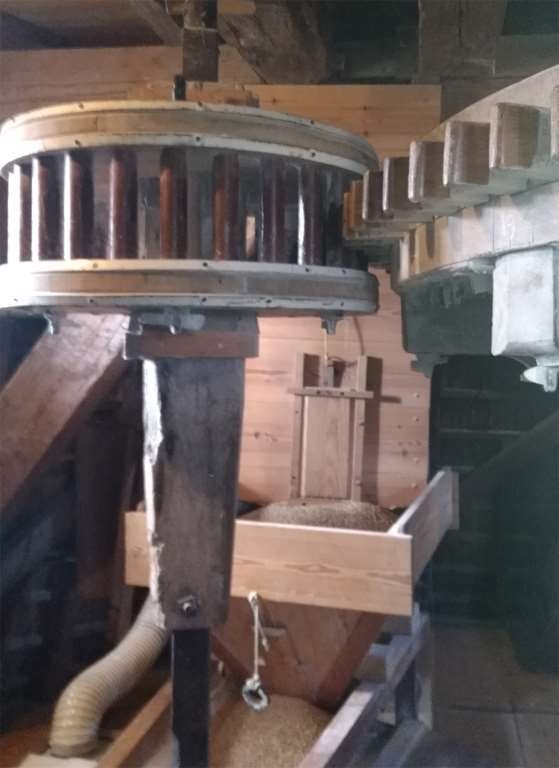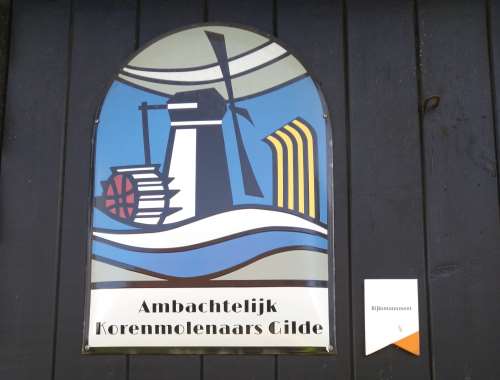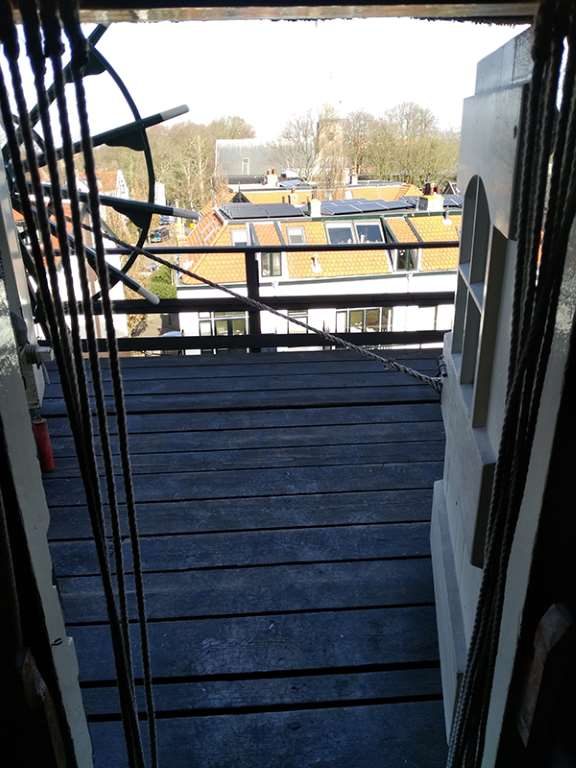We ordered small amounts of these super-grains for testing. After testing, we were sure: this would be a great improvement to our current recipe.
We noticed that the buckwheat we bought was coming from a classical windmill. You know… These windmills that ‘Don Quixote’ fought against? At first we thought buckwheat meal coming from a monumental windmill from the 1700s was a marketing stunt, but a search on google showed indeed they were active and working. Not only this windmill… an amazing few hundreds of them!

